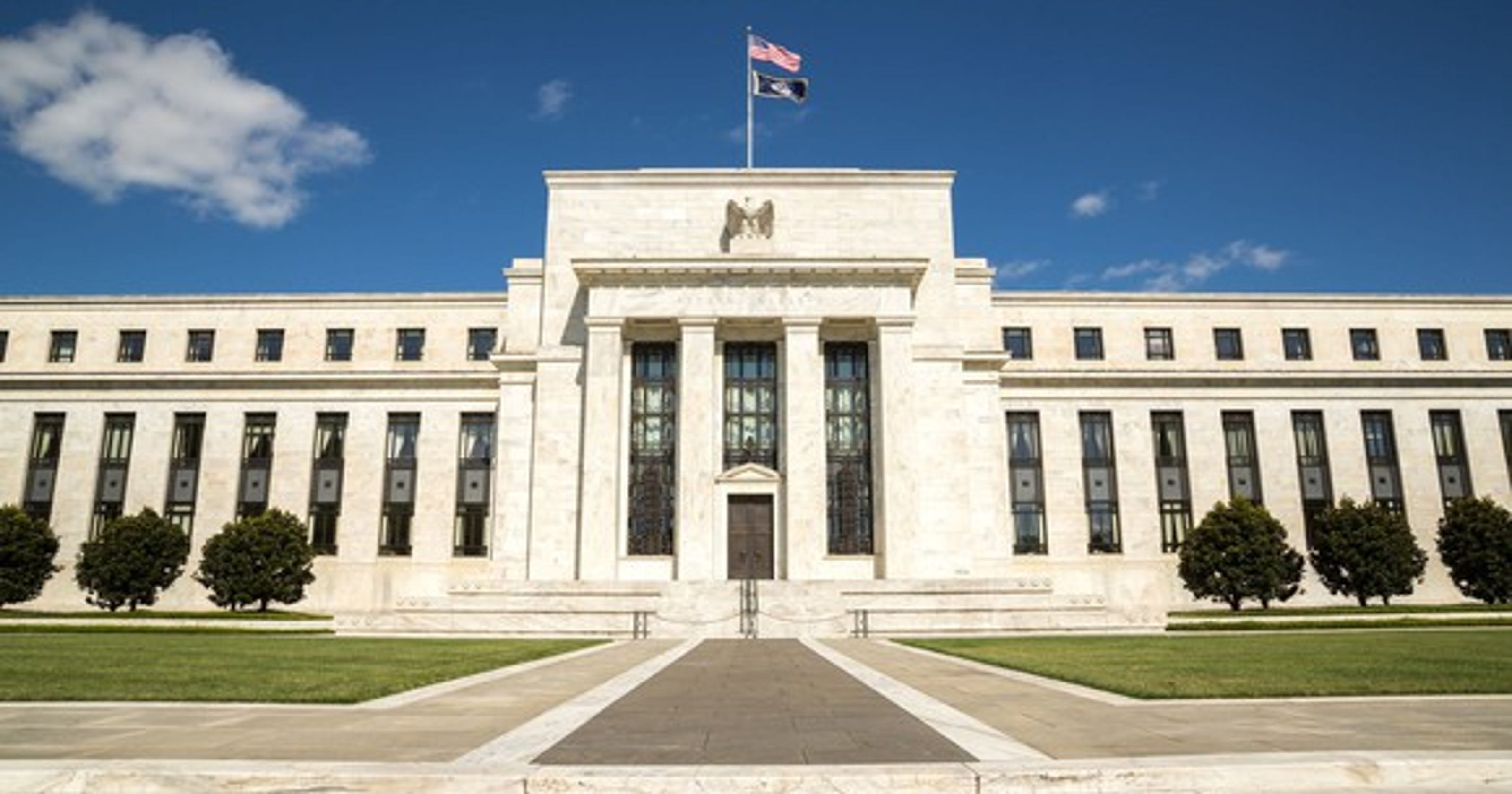Crude Oil Stagnates within Narrow Range Amid Economic Worries, Meeting OPEC Expectations; Consider Going Long around Rs 5550/bbl

Crude Oil Stagnates within Narrow Range Amid Economic Worries, Meeting OPEC Expectations; Consider Going Long around Rs 5550/bbl
Crude oil prices have remained range-bound despite growing optimism fueled by a significant decline in US inventories. While the market found support from the substantial drop in US inventories, lingering economic concerns have hindered any substantial gains. As a result, crude oil has been trading within the range of 5500-5900 in MCX, unable to break out.
Attention now turns to the upcoming OPEC meeting in Vienna, where members will gather for a two-day discussion. All eyes are on Saudi Arabia, which has previously indicated its willingness to implement production cuts. The market will closely monitor whether Saudi Arabia extends its production cuts beyond July. The additional cuts of 100,000 barrels per day (bpd), which are set to take effect in July, could lead to tighter supply conditions and potentially drive prices upward.

However, concerns arise from recent data out of China, which presents a cause for worry. Additionally, central banks worldwide, including the Federal Reserve (Fed), show no intentions of pausing their interest rate cycle. This stance has a negative impact on crude oil, further adding to the existing economic concerns and restraining price growth.
The ongoing range-bound movement in crude oil prices is further influenced by several factors. Firstly, the upcoming OPEC meeting in Vienna is garnering significant attention. Market participants are eagerly anticipating whether Saudi Arabia, which has previously volunteered for production cuts, will extend these measures beyond July. The implementation of Saudi Arabia’s additional cuts of 100,000 barrels per day (bpd) in July could lead to a tightening of supply and potentially drive prices upward.
However, amidst these developments, concerns arise from the economic data coming out of China. The data indicates worrisome trends, which adds to the existing economic concerns and contributes to the limitations on price gains for crude oil. Moreover, central banks around the world, including the Federal Reserve (Fed), have shown no inclination to pause their interest rate cycle. This monetary policy stance, which is negative for crude oil, further dampens the prospects of significant price increases in the near term.

China, the world’s second-biggest oil consumer, experienced a further double-digit decline in annual profits for industrial firms during the first five months of the year. This ongoing downward trend in profitability reflects the challenges faced by the Chinese economy. Despite a minor lending rate cut of 10 basis points (bps) by China, it is considered insufficient to stimulate a substantial recovery.
In contrast, the United States boasts a robust economy, coupled with persistent inflationary pressures. This environment has emboldened the Federal Reserve (Fed) chairman to adopt a hawkish stance, reiterating the commitment to raise interest rates through two additional rate hikes before the year concludes. The strong economic conditions and inflationary factors provide the Fed with the justification for such a policy stance.
In the oil market, the OPEC+ alliance faces challenges from the US shale industry. Despite a decrease in US oil rigs, shale production has remained steady. This dynamic has intensified the competition between OPEC+ and US shale producers as they vie for market share and attempt to manage the global oil supply.

According to the latest weekly estimates from the Energy Information Administration (EIA), crude oil production in the United States remained consistent at 12.2 million barrels per day (bpd) in the week ending June 23. This level mirrors production figures from January, indicating a lack of significant growth. In comparison to the previous year, US production has only increased by a modest 100,000 bpd.
New data from Baker Hughes reveals a decline in the total number of active drilling rigs in the United States. The count dropped by 8 rigs this week, extending a downward trend that has resulted in a decrease of 74 rigs over the past two months. This decline in active drilling rigs suggests a potentially cautious approach by oil producers amid various market factors and economic considerations.
In the MCX (Multi Commodity Exchange), crude oil has demonstrated strong support within the range of 5500-5550. Over four months, we have witnessed five instances where prices re-tested these levels and subsequently rebounded. This indicates a significant level of support in the market, as price action has consistently shown a tendency to bounce back from this range.

However, it is worth noting that in the last three instances, the rebound has been short-lived, with prices reaching a resistance zone around 5970-6000. This suggests that while the support levels hold, there may be limitations to the upward momentum. Currently, the momentum oscillator RSI_14 is neutral at 49, indicating a lack of clear direction and potential for range-bound movement in the near term.
Given the current market conditions, our recommendation for traders is to exercise patience and wait for suitable opportunities. One potential strategy is to consider going long near the support zone of 5550, with a suggested stop loss at 5450. The expected target for this long position would be around 5800, considering the historical patterns of price action.
Alternatively, traders can explore a short position near the resistance zone of 5970, using a stop loss at 6050. The anticipated target for this short position would be around 5500. It is important to carefully manage risk and closely monitor market developments, as the lack of clear direction and range-bound movement increases the importance of strategic entry and exit points.




